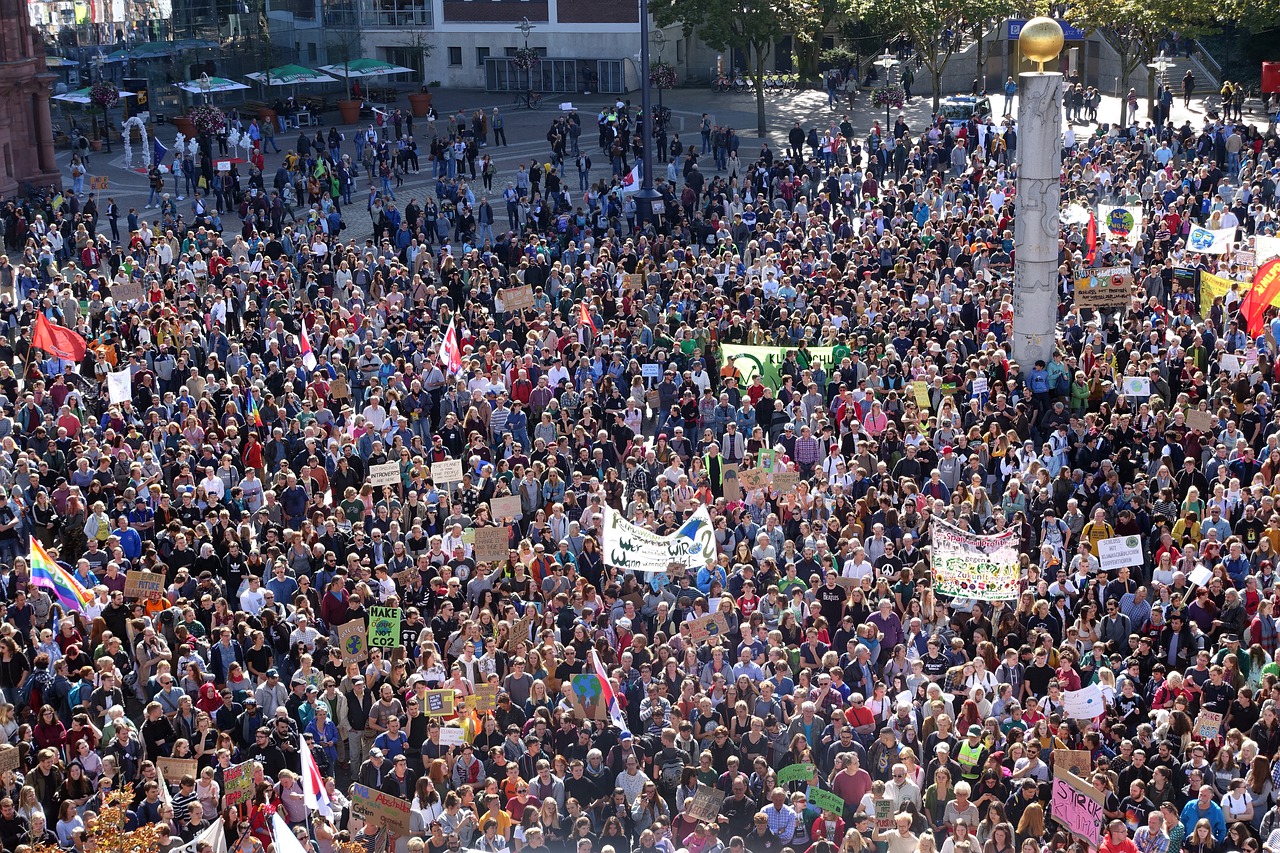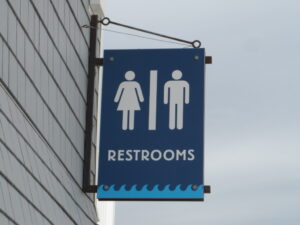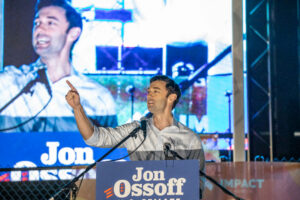Protests in Hong Kong started on June 1st after mainland China was added to the proposed extradition law. The law stated that people accused or convicted of crimes would be allowed to be arrested and transported to other countries. This law was proposed after a man from Hong Kong traveled to Taiwan to murder his girlfriend, who then fled back to Hong Kong, where no extradition law allowed him to be transferred back to Taiwan for trial.
Extradition agreements are not usually made between only two countries, especially in this situation, because Hong Kong and Taiwan are often not considered as their own countries. One of the other countries that ended up being involved was China. This made the people of Hong Kong fearful because many still believe Hong Kong was not a part of China and they felt that their civil rights were being taken away. The people of Hong Kong began protesting. Mike Ives, writer of “What Is Hong Kong’s Extradition Bill?” says that the protests began “despite the local government’s announcement a day earlier that it was indefinitely suspending the bill.”
On September 4th, Hong Kong’s chief executive, Carrie Lam, announced that “the government will formally withdraw the bill in order to fully allay public concerns.” Though the government attempted to satisfy the citizens, protests continued and began to get more and more violent. Fion Li, Karen Leigh and Iain Marlow, writers of “Why Hong Kong’s Still Protesting and Where It May Go” say that the protesters’ new goal is to get their “five demands, not one less!” They demand that the extradition bill be withdrawn, an independent inquiry for police behavior, release of protestors who were arrested, an end to protests being called riots, and possibly forcing Carrie Lam to resign from her position as chief executive.
The most recent protest was on Christmas Eve, where protesters continued their actions and marched through malls, chanting in favor of democracy. Police then fired tear gas and pepper spray in malls and out on the streets. Nearly seven months after the first protest, peaceful marches have turned into violent protests, pulling Hong Kong into a seemingly endless cycle of violence.






